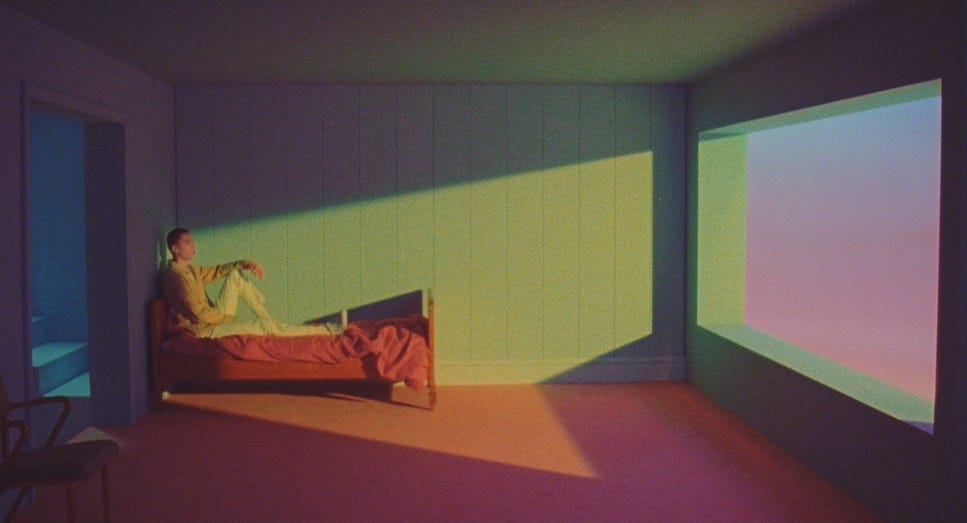How does a creative mind work?
Creativity happens in two steps: divergent thinking and convergent thinking. Problem is, nobody knows what that means. If they did, there would be less confusion about the nature of creativity.
So here’s an analogy: Imagine skiing backwards.
You’re sliding downhill. There are tracks already carved into the snow—two neat grooves that lead you safely to the bottom. When you're solving a problem, it’s easiest to follow what’s been done before.
But maybe those tracks don’t take you where you want to go. Maybe you want to reach a different part of the mountain. You have to step off the tracks. This is divergent thinking—the ability to step off.
Of course, you’re skiing backwards. You can’t see where you’re headed. You won’t know if stepping off was a good idea until either you reach a better spot or smash into a beaver dam. That’s also true of having ideas: you must welcome them before you know if they’re good.
Even after the crash, it’s not always clear what just happened. Was it ecological vandalism? Or an unexpected shortcut? Or maybe a delightful detour into nature? Convergent thinking is the part where you make sense of where you’ve landed. It’s about recognizing the value of the new path.
So creativity is a two-step dance: the courage to veer off-track, and the insight to see where that got you. You can feel this yourself by trying one of my creativity exercises. If you pay close attention, you’ll notice that you first open up to a bombardment of random ideas, then connect each one to the problem at hand.
These are separate skills. Some people are great at stepping off the tracks. They generate tons of weird, useless ideas. Others are great at judging ideas but never leave the main trail. Real creatives do both.
And here’s the trap: some people find one new path and ride it over and over again. But that’s not creative either. History’s most inventive minds didn’t just find one cool trail; they kept stepping off, again and again.
Inspiration: ShotDeck
ShotDeck is a database of film stills. Sorted by popularity, here are some from the top 100:
Tutorial: Alex Treviño
Alex Treviño made the splash screen for Blender 2.81 (Which is the version where I got on board!) He writes workflow breakdowns on his website, Aendom.
These aren’t detailed tutorials. They’re like an answer to “how’d you make that image?” High-level walkthrough of the techniques. Little tips scattered here and there.
Alex is great at the long-forgotten art of narrative still renders. Worth a look just for the finished pieces.
Tip:
Automatic scrambling distance at 0.5. It renders insanely fast. Never use for animations, never for professional work. It breaks all consistency. But for quick stills, it’s amazing.















I just read the first few paragraphs and immediately thought back to a video I watched this morning.
It’s James Lee’s most recent video talking about his creative method.
https://youtu.be/4RSnAEfNh6A?si=_OmRdFGcOn0KJvDQ
He talks about divergent and convergent thinking in his video.
just read your Mar 10, 2025 so that's 9 .... I like to leave the best for last and getting the spam and other "stuff" out the way takes time ... I am not one who is "on top" of the hole hyper connected life style ... honestly rather be on a beach somewhere watching the waves , so they do get read eventually , so don't stop just yet ... please
cheers